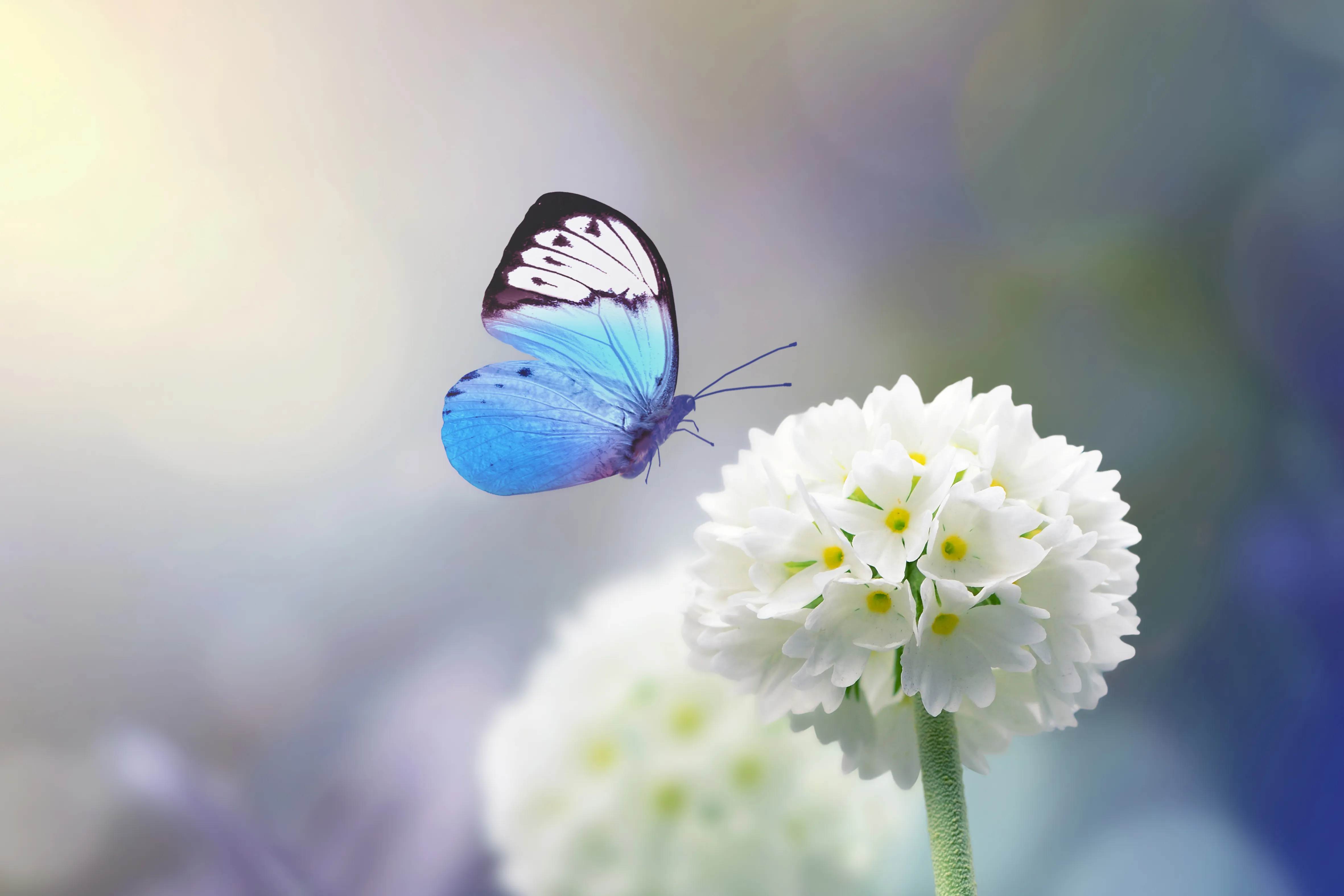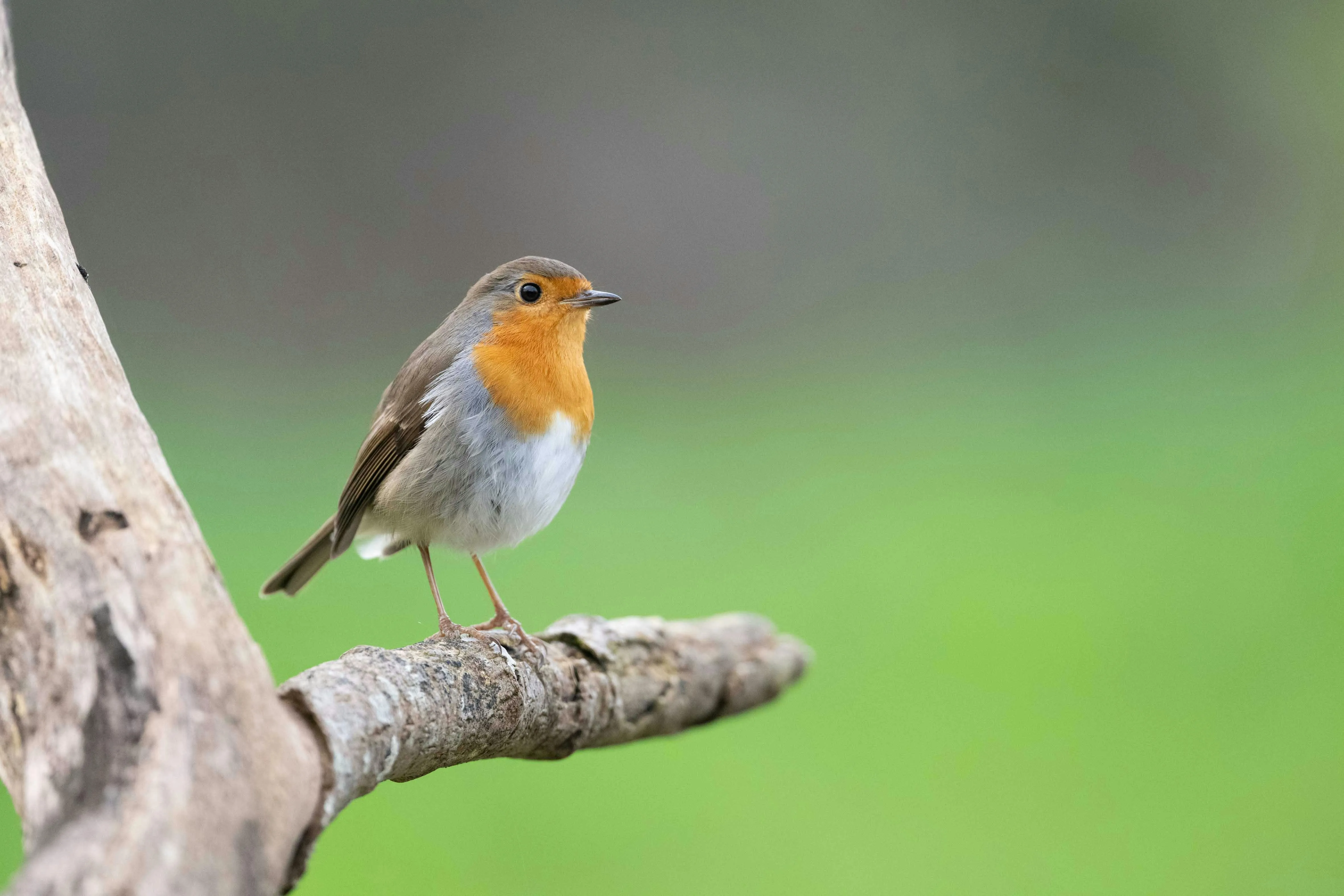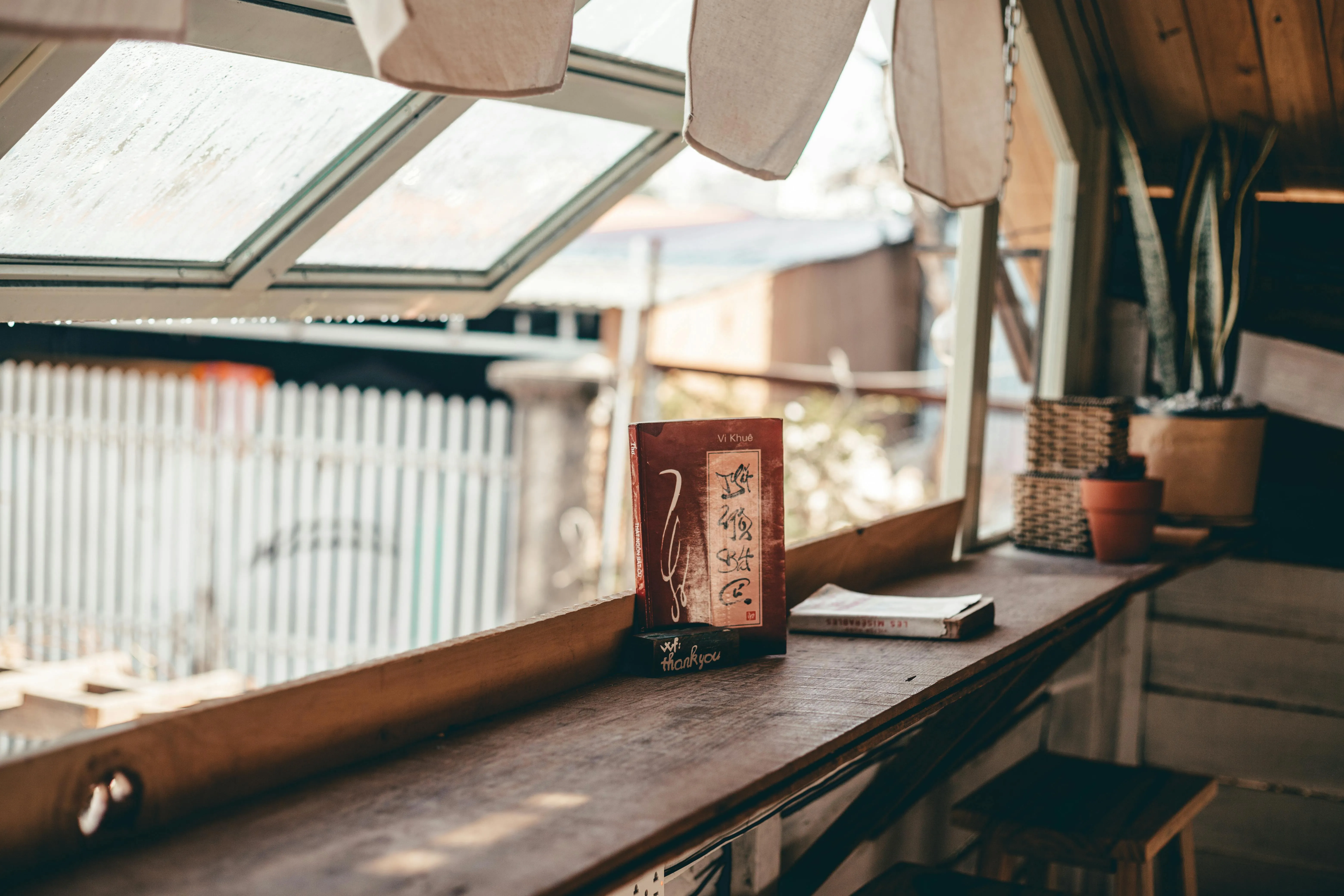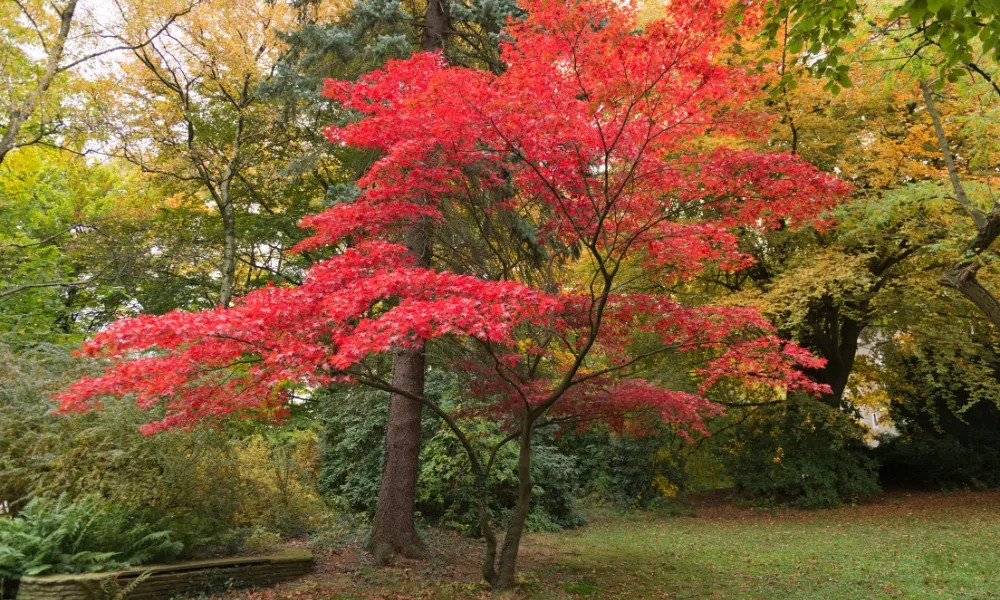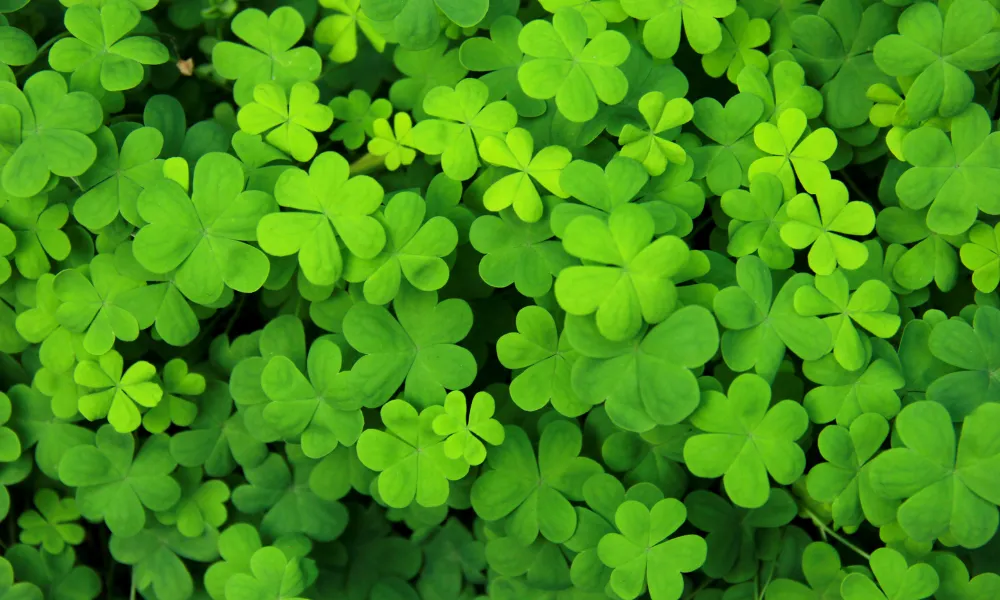
Well St Patricks day is only around the corner and so it would be wrong not to mention this little clover and give a little history about it.
The name Seamróg comes from the Irish for 'young clover' or 'seamair óg'.
References to the Shamrock date back as far as 1571 where it was written that we ate it along with oatmeal in a broth of some sort. It wasn't until the 18th century that it grew into being the iconic Irish symbol that we love today.
There was actually some confusion to what the shamrock actually was when it came to finding the horticultural name for it. Some said it was Trifolium dubium and some claimed it was Trifolium repens (both types of clover) so they actually went so far as to do a survey across the whole of Ireland to get samples of every type of 'shamrock' in the 1890's.
Once they had all their samples they planted them and waited for them to flower. What they found was there were many different types of plant collected, the majority clover but one not even from the clover family, Oxalis which is in fact Wood sorrel!
After doing this, they settled on the most commonly picked which was Trifolium repens or White Clover.
The Lore around the Shamrock and St Patrick is well documented, he is said to have used its little leaf to teach about the trinity in Christianity (a bit like Poinsettias in South America).
Prior to this, however, the Druids were said to worship the little clover believing it to have power over evil spirits and used it to protect against ill winds.
It was believed that if the leaves of the shamrock turned upwards a fierce storm was coming.
The pagans believed that it was the sacred plant of The Morrígan or the Three Sisters due to its three heart shaped leaves.
It was claimed that a broth made from Shamrocks would give the gift of 'sight' or future telling.
Another lore was that if you placed a handful of shamrocks at the bottom of a shot of whiskey on the last drink of the 17th of March you would have a prosperous and lucky year .......... I mean anything is worth a go, right?
The shamrock became such a part of Irish identity that Queen Victoria actually banned wearing the shamrock at one stage as it was seen as a sign of rebellion against the crown. It was known as 'wearing the green' and was a capital offence.
Perhaps because of this it has become such a strong emblem in Irish culture, on coins, furniture, buildings and clothing. It is now a given that if you see a Shamrock Ireland is being referred to.
For such a little plant that in other countries may be considered a weed The Shamrock has deeply wound its roots into Irish history and our identity.
Have a wonderful St Patrick's day and wear your Shamrock with pride :)



